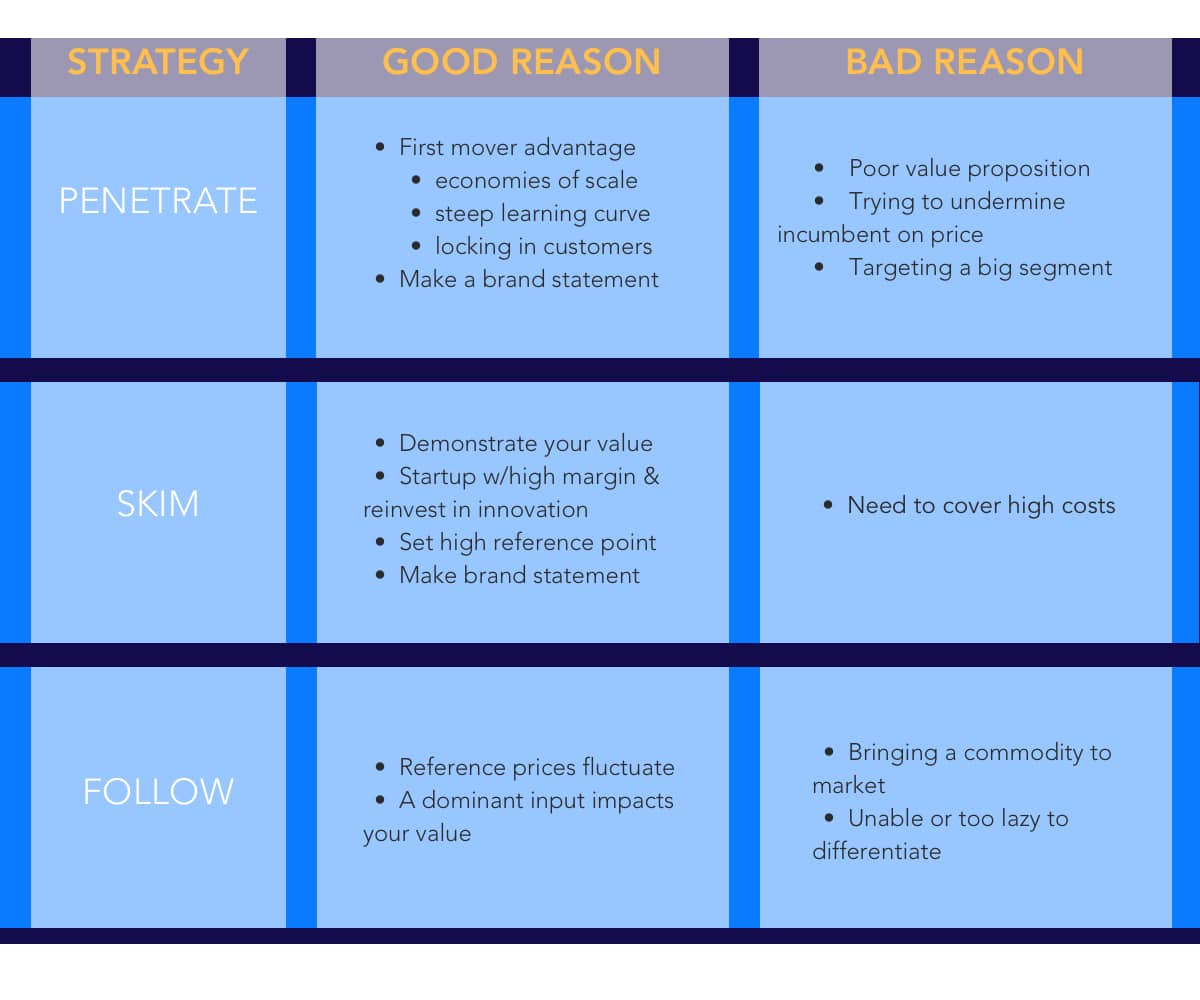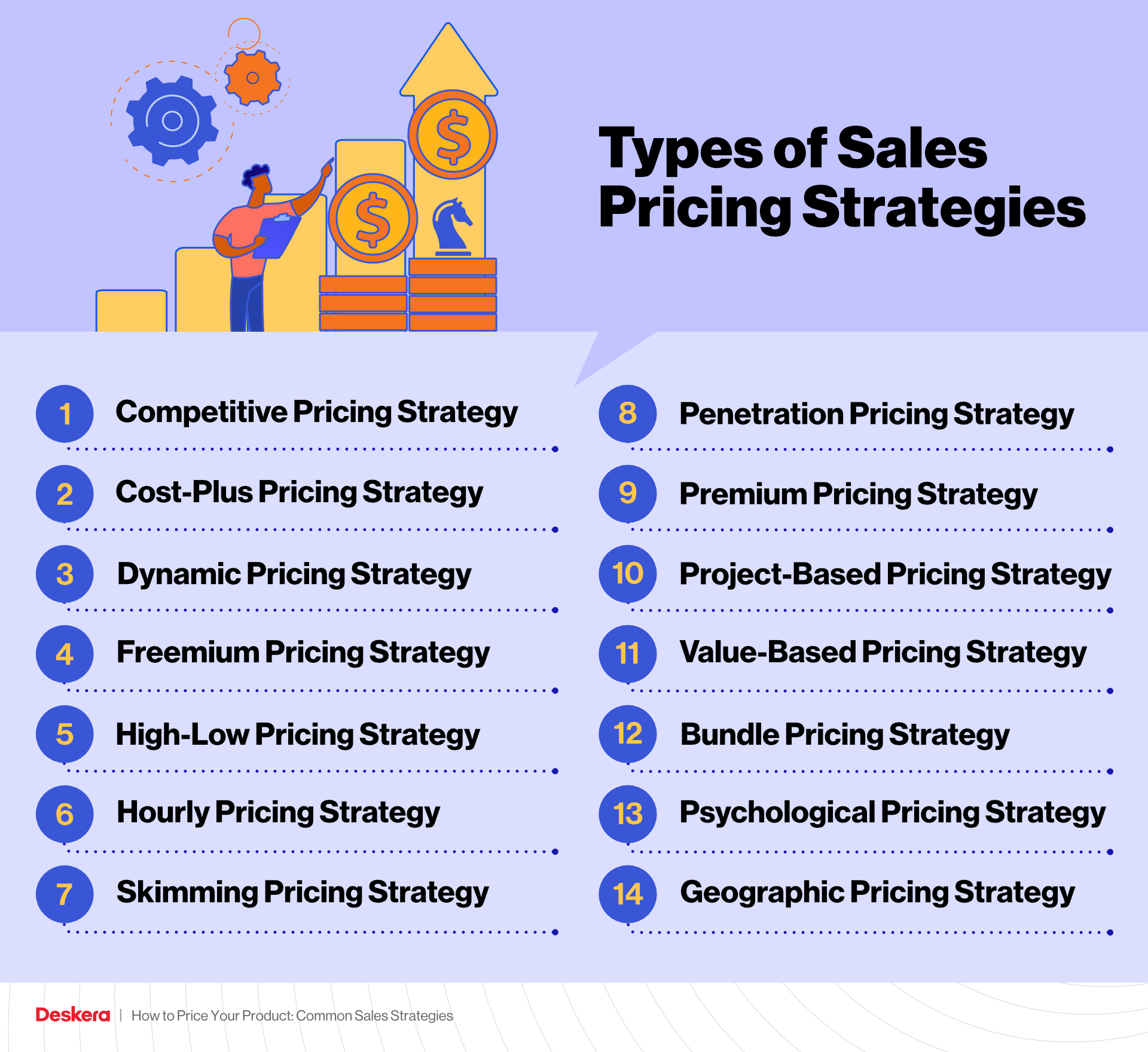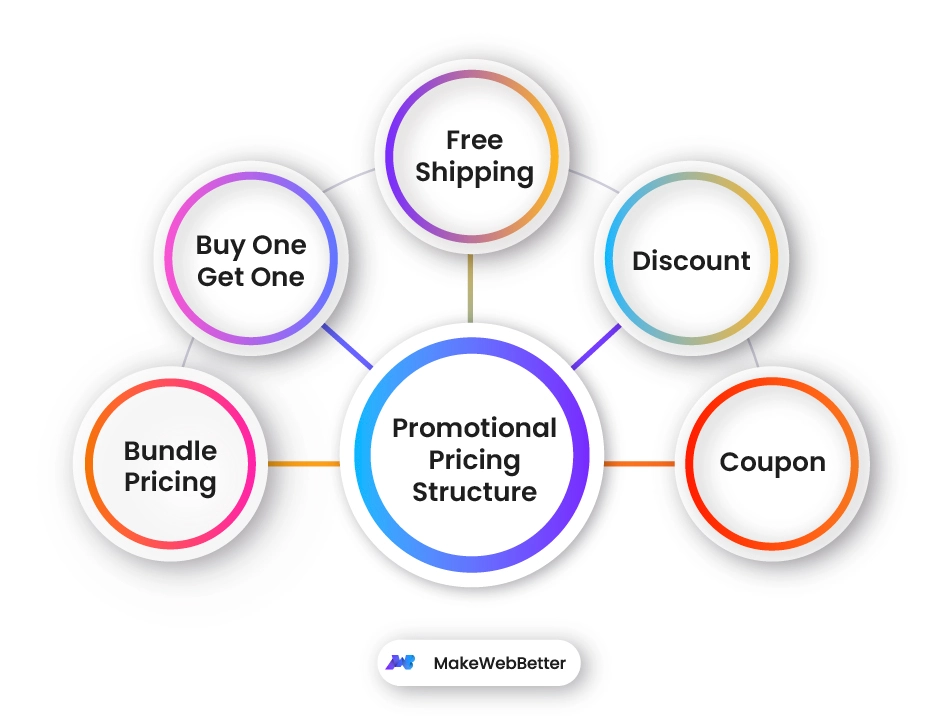The Secret Conveniences of Using Tiered Pricing Strategy for Your Service
The Secret Conveniences of Using Tiered Pricing Strategy for Your Service
Blog Article

Master Effective Rates Techniques to Make Best Use Of Profit
In the ever-evolving landscape of commerce, understanding efficient prices approaches is necessary for organizations aiming to make the most of revenue. A nuanced understanding of pricing psychology can significantly affect consumer actions and getting choices.
Recognizing Prices Psychology
Understanding rates psychology is critical for businesses aiming to optimize their rates methods. This area analyzes how consumers view costs and how these understandings influence their acquiring decisions. Key principles in pricing psychology consist of the anchoring effect, where the preliminary cost offered acts as a referral point for customers, and the concept of rate sensitivity, which differs among different consumer sectors.
Additionally, organizations can leverage the notion of regarded value, where the perceived benefits of a product or solution can justify a greater price point. Costs prices can develop an aura of exclusivity, drawing in consumers who link greater rates with remarkable top quality. On the other hand, psychological pricing, such as setting a price at $9.99 as opposed to $10, can substantially influence consumer habits by making rates show up more appealing.
Moreover, shortage and necessity can boost the regarded value of items, motivating quicker getting choices. Recognizing these psychological triggers makes it possible for organizations to create rates methods that not just drive sales however likewise foster customer commitment. Hence, understanding prices psychology is essential for reliable prices strategy solution, causing enhanced earnings and market positioning.
Executing Value-Based Rates

First, conduct extensive market study to recognize the value vehicle drivers for your target audience. This can include features, quality, brand track record, and client service. Next off, section your consumers based on their determination to pay and the value they regard. By doing so, you can customize offerings and rates techniques to align with various sections.
Constantly monitor market conditions and client responses to fine-tune your rates method over time. By applying value-based rates, companies can improve profitability while cultivating long-lasting customer commitment.
Discovering Dynamic Prices Models
In today's quickly transforming market landscape, dynamic pricing models have emerged as an effective approach for companies seeking to optimize revenue and reply to variations in need. These designs allow business to readjust their costs in real-time based on different elements such as client habits, market fads, and stock levels. By leveraging information analytics and algorithms, services can recognize optimum pricing points that maximize sales while remaining affordable.
Dynamic prices can take various types, including time-based rates, where rates rise and fall based upon time of day or period, and demand-based rates, which changes costs according to existing customer demand. This adaptability not just improves earnings however additionally enhances client satisfaction by providing costs that show real-time market problems.
Applying vibrant rates requires a robust technological facilities and a deep understanding of customer sections. It is crucial for organizations to monitor market signals and consumer actions continually, ensuring that pricing approaches line up with more comprehensive business goals. Transparent communication concerning rates changes can aid alleviate customer frustration and foster trust fund, eventually leading to sustained profitability in a competitive marketplace. Embracing dynamic pricing can hence be a transformative approach in the quest for making best use of earnings.
Analyzing Competitor Pricing
Monitoring rival prices is important for services intending to maintain an one-upmanship in their corresponding markets. By analyzing competitors' prices methods, firms can recognize market fads, recognize straight from the source customer choices, and change their rates as necessary. This evaluation involves event data on rivals' rates, advertising approaches, and item offerings to educate pricing choices.
To effectively evaluate rival prices, services need to utilize numerous devices and methods, such as cost tracking software application, market research study reports, and client comments. This information can disclose exactly how rivals place their services and items, enabling services to differentiate their offerings or adopt similar methods to remain appropriate.
Additionally, it is crucial to classify rivals into indirect and straight rivals. Straight rivals offer comparable services or products, while indirect rivals might accomplish the same consumer need with different options. Comprehending the subtleties between these teams will certainly make it possible for services to tailor their pricing techniques better.
Ultimately, recurring rival pricing evaluation is important for making enlightened prices choices. It permits companies to continue to be active in reaction to market changes, ensuring they can confiscate opportunities and minimize risks linked with pricing strategies.
Assessing Rates Efficiency
Comprehending just how competitor rates affects market characteristics leads to a natural concentrate on reviewing pricing performance within one's own organization. This evaluation is crucial for identifying locations of toughness and opportunities for improvement, inevitably improving productivity.

Furthermore, carrying out normal rates audits can expose inconsistencies between anticipated and real performance. This entails contrasting pricing data throughout different sections and networks to understand variances and recognize trends. Incorporating client feedback can provide understandings right into perceived value versus real rates, making certain alignment with market assumptions.
Lastly, leveraging data analytics tools can promote deeper insights into pricing efficiency, making it possible for services to make data-driven adjustments (Pricing Strategy). By consistently evaluating prices efficiency, companies can adjust to market adjustments and enhance their methods, making certain continual productivity in a competitive landscape
Final Thought
By leveraging rates psychology, companies can boost perceived worth and dressmaker rates to diverse Clicking Here customer sections. The adoption of value-based and vibrant rates versions assists in real-time adjustments based on need and client readiness to pay.
Recognizing prices psychology is important for organizations intending to enhance their rates techniques. Understanding these emotional triggers allows organizations to formulate rates techniques that not just drive sales however likewise foster consumer check out here loyalty. Hence, understanding pricing psychology is vital for effective prices strategy formula, leading to improved profitability and market positioning.
By examining rivals' prices methods, business can recognize market trends, comprehend consumer choices, and readjust their pricing appropriately. By leveraging rates psychology, companies can improve regarded worth and tailor pricing to varied consumer sections.
Report this page